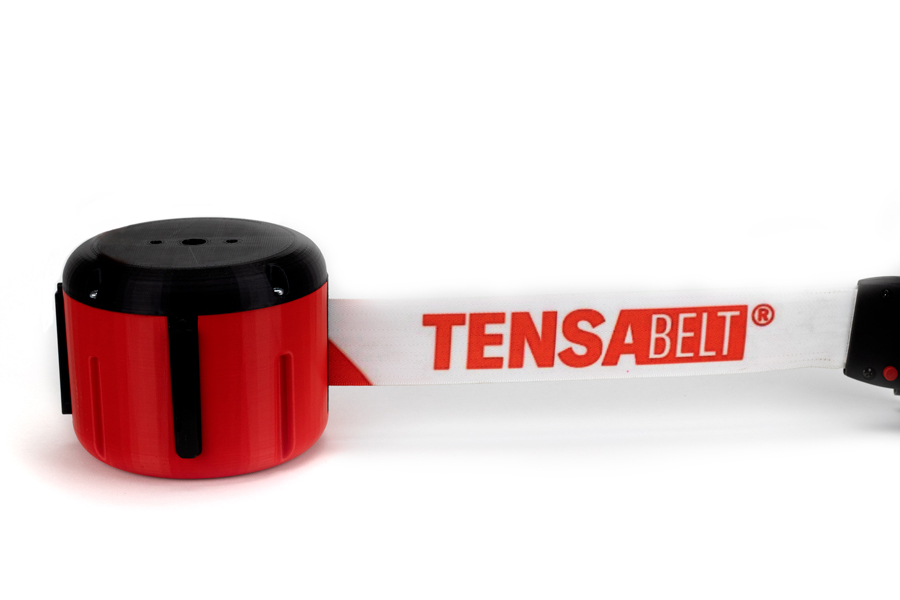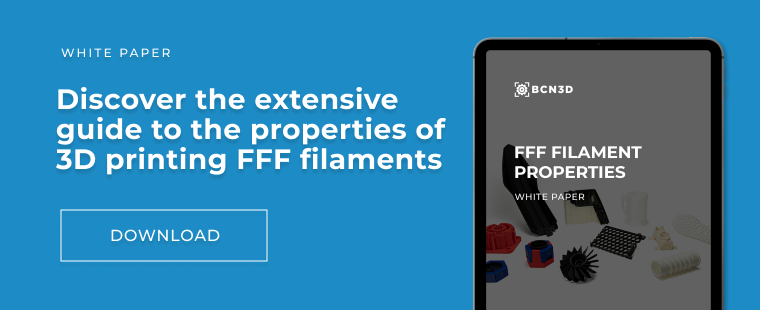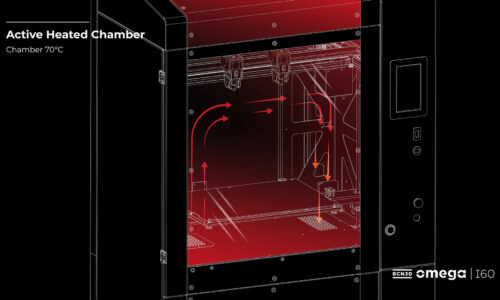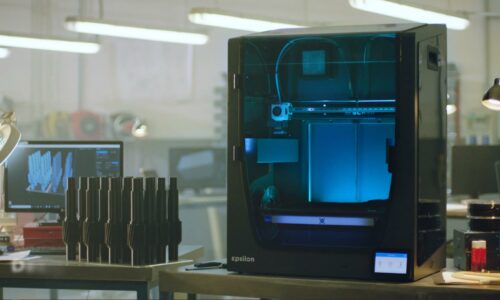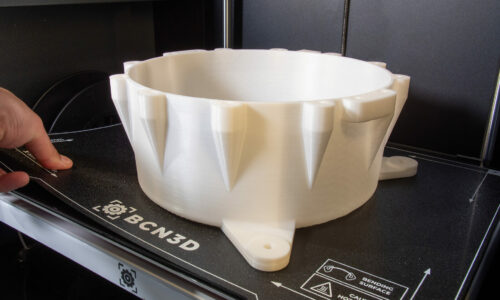PLA Filament: The pros and cons of this 3D printing staple material
Regarded as the best material to guide you into the world of 3D printing, PLA filament retains its popularity with designers, engineers, and the like for a reason. Keep reading to learn more about its properties, common uses, and advantages and disadvantages.
PLA filament is one of the most common materials used for 3D printing. So, what is it that gives this material its widespread popularity?
PLA is so widely used because of its adaptability for a wide range of applications, and for the fact that it comes in an equally diverse range of composites, shades, and styles. In this article, we’ll dive into the specifics of this 3D printing material, including its benefits and main uses.
A bit about PLA filament
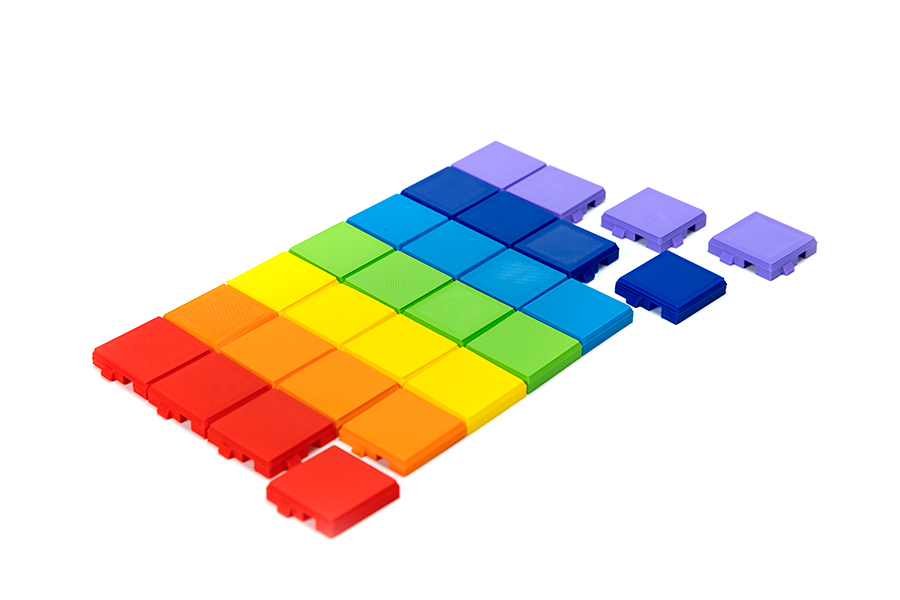
PLA filament stands for polylactic acid. It is typically opaque and has a glossy finish. This filament is so popular because it is able to print complex features, easy to print with a standard configuration, and its lower price point makes it more accessible, meaning it’s a great material to start with if you are a beginner.
On top of this, another benefit is that it is biodegradable and consists of renewable raw materials. This means that it is sustainable, made from organic sources and thermoplastic.
PLA filament requires proper care and maintenance because it can be a bit delicate. PLA absorbs water easily, which means that over time it can become brittle if it is stored in a humid environment. It can also easily melt if too much heat is applied to it.
PLA’s strength
The common properties of this filament are the following:
- Tensile strength is 37 Mpa
- The elongation is about 6%
- The flexural modulus is 4 GPa
- The density is 1.3 g/cm3
- The melting point is 173Cº and glass transition temperature is 60º

Common uses for PLA filament
PLA is commonly used to create complex parts and details, including corners, sharp parts, and extremely small pieces. This is why it is frequently used for creating architectural mockups, aesthetic and concept models, and casting molds. Depending on the quality settings of the print, layers might still be visible after every print.
In general, this material is very popular for prototyping. Because it is at a lower price point than most other filaments, manufacturers and developers are able to test out different prototypes without a huge investment. It is also biodegradable, which means you can lower your impact on the environment.
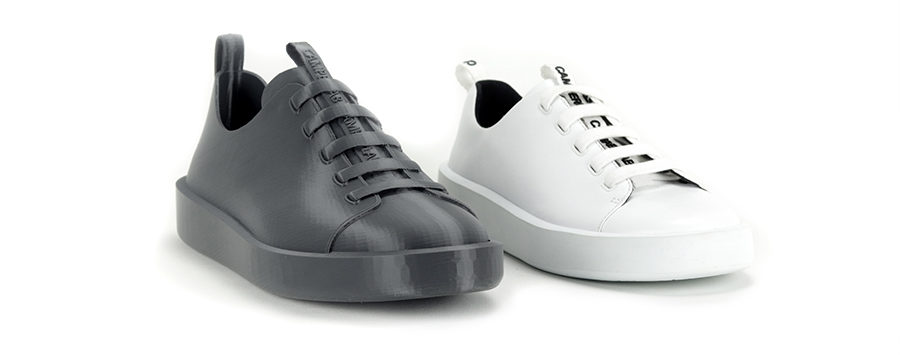
Advantages of PLA filament
The main advantages of PLA filament are that it can be used in desktop 3D printers, it is easy to print with low temperatures, and it works with almost all types of adhesives, including cyanoacrylate and special plastic adhesives. Remember to not use hot adhesives with PLA, so as not to melt the filament.
PLA is also fairly easy to paint, but you must use a primer, as it is plastic. It is the most commonly used material to print when someone wants to paint the model afterward.
Pros and cons
Pros:
- Great for beginners
- Lower price point
- Works well for complex prints
- Great for prototyping
Cons:
- Can be sensitive to heat
- Brittle
- Inflexible compared to other filaments
Overall, PLA filament is one of the best filaments to work with: it is not sensitive to temperature changes, has a great surface quality, and is ideal for printing complex features. For an in-depth look at the most popular FFF materials, be sure to download our white paper.

